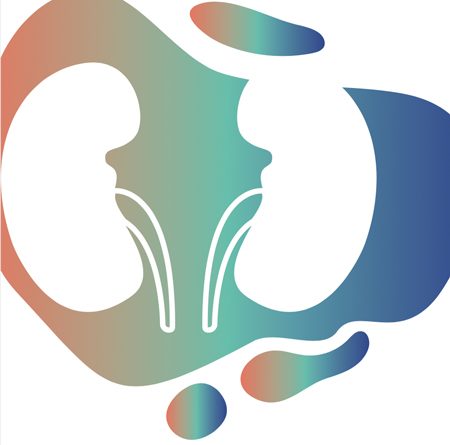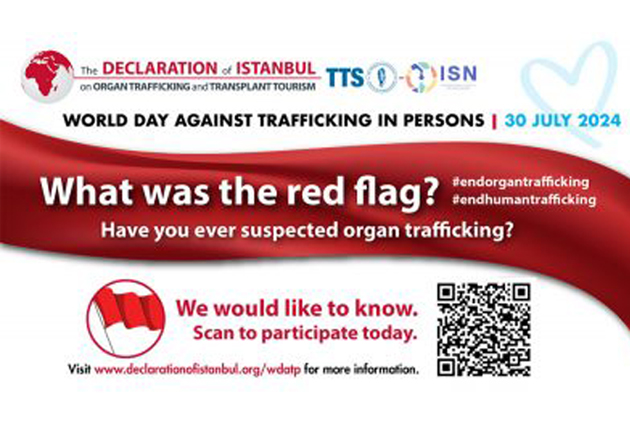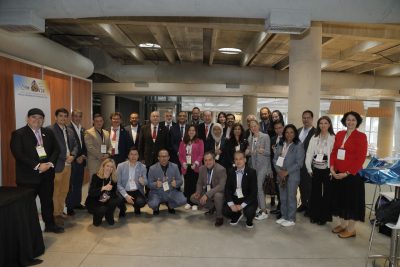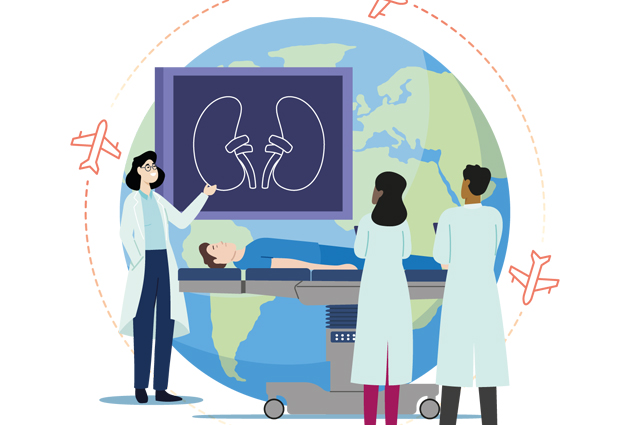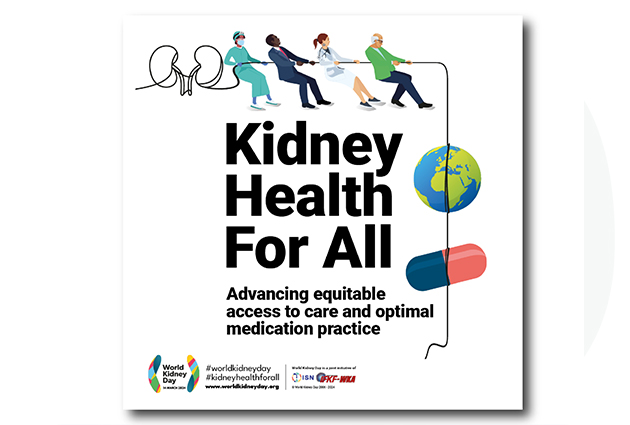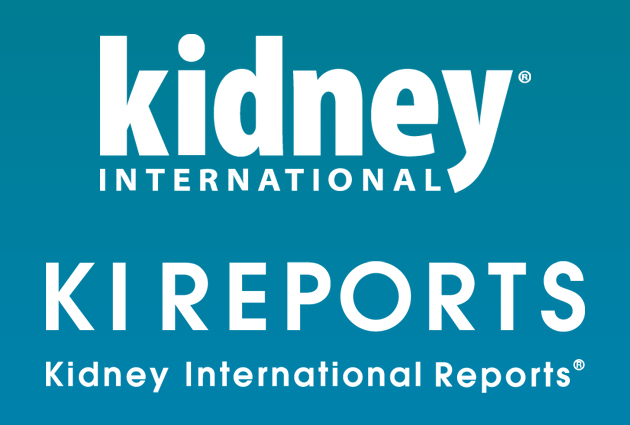ISN Develops “Framework for Developing Dialysis Programs in Low-resource Settings”
As part of the ISN’s work plan as a non-state actor in official relations with the World Health Organization (WHO), and with guidance and technical reviews provided by WHO staff, the ISN has developed the “Framework for Developing Dialysis Programs in Low-resource Settings”.
The Framework, due to be launched at the World Congress of Nephrology 2021, outlines the requirements and operational considerations for setting up or expanding dialysis programs in resource-constrained settings and is intended as a guide to support WHO member states in developing sustainable strategies for the treatment of patients with kidney failure.
Indeed, the prevalence of chronic kidney disease (CKD) and kidney failure is increasing worldwide, and the number of people receiving kidney replacement therapy (KRT) is projected to reach 5.4 million by 2030. The most common KRT worldwide is dialysis; however, there are great inequities in its provision, in particular in low-resource settings where the growth in kidney failure incidence is greatest and where there is a huge gap between the total number of patients with kidney failure and the number of patients who have access to KRT services.
Advancing care for patients with CKD is of pivotal importance to achieve Sustainable Development Goal (SDG) 3.4 that aims to reduce the premature mortality due to NCDs by one-third by 2030. The “Framework for Developing Dialysis Programs in Low-resource Settings” highlights the need to adopt multi-sectoral policies that reduce the main risk factors common to all NCDs as well as taking an integrated approach to developing KRT programs that include kidney transplantation and conservative kidney management.

